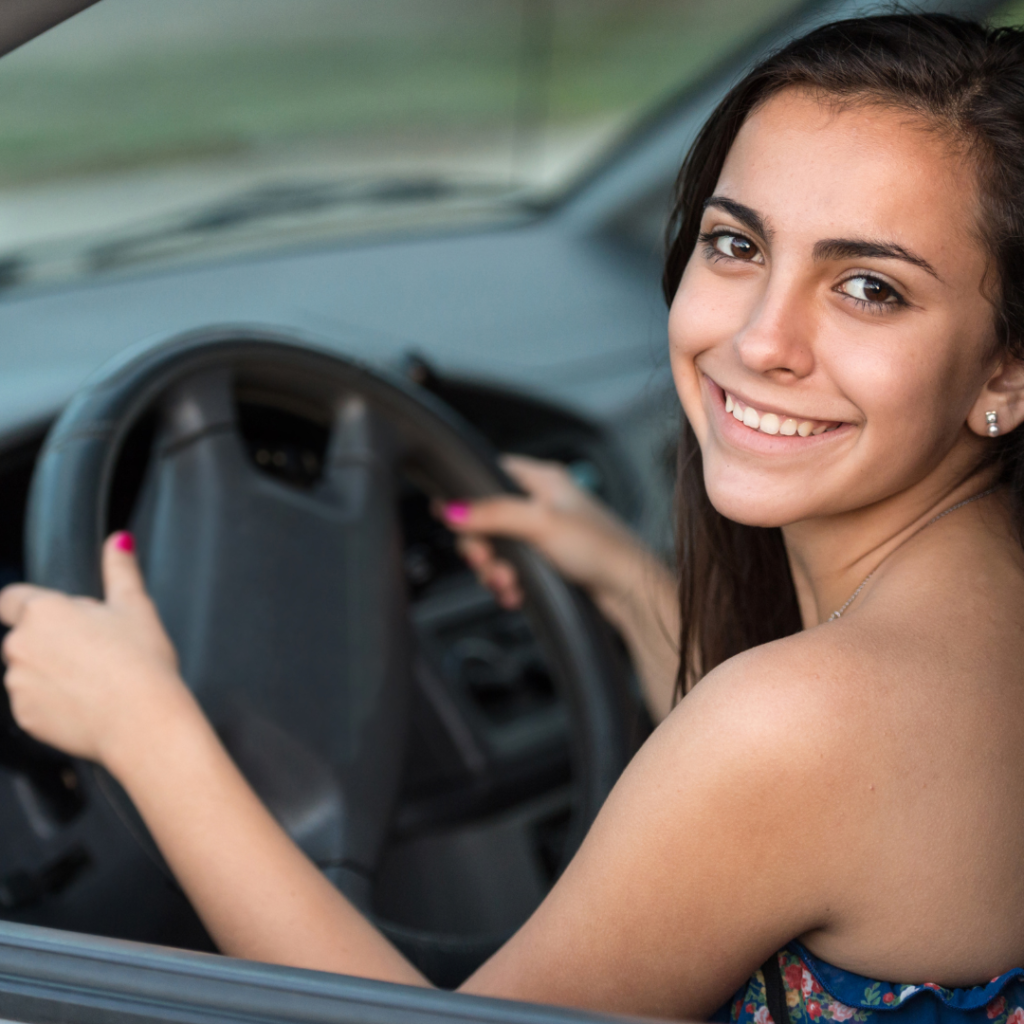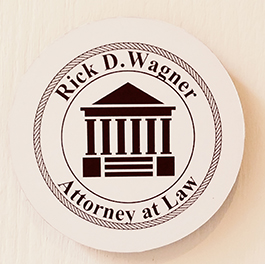By Ursula Nizalowski
When a teen is learning how to drive a car, parents naturally get nervous. They are not only
concerned for their child’s safety, but also unsure of what they can do to make sure nothing bad
happens. For this reason, it is strongly encouraged by various authorities that parents should
practice with their teens on driving. With that said, there are good methods for training teens and
not-so-good ones by contrast. Hopefully, this article will straighten that out for parents whose
teens are currently in the process of getting their driver’s license.
Places to Practice
Best – It may seem like a cliche, but an empty parking lot is arguably the best place for
teens who are just starting to drive. That’s because such a location gives the teen “a feel for
driving with minimal risk of hitting anything” says DriversEd.com. Other safe locations for
driving practice include suburban areas and rural highways since they have very little traffic and
wider streets that allow the teen driver to maneuver more easily without getting overwhelmed.
Worst – Since driving is a gradual learning process, it wouldn’t be wise to start a teen
on driving in a stressful environment like a narrow city street or an open highway. Otherwise
they won’t learn, and might become too afraid to drive. That’s why it’s better for a teen to start
driving along city streets and highways when they’re more comfortable and not right away.
Times to Practice
Best – According to Progressive, “Late morning or lunchtime are good options for the
first practice sessions” of a teen driver. Because usually, there’s more light during these times of
the day and the weather is relatively better depending on the time of year. So the teen can have the benefit of learning to drive in the best environmental conditions before having to deal with that aspect later on in their training.
Worst – Rush hour is not fun for any driver to deal with, least of all teen drivers. Now
it is something they’ll have to confront once they get their license, but doing practice driving
during rush hour is a recipe for disaster. Hence why it might be better to practice on weekdays
since most people are at work and not driving around as much compared to the weekends.
What to Say and Do
 Set the Ground Rules – From a teen’s perspective, a rule seems like a bad thing.
Set the Ground Rules – From a teen’s perspective, a rule seems like a bad thing.
Though to a parent, it instills discipline in their teen and insures they don’t get in trouble. So as a
compromise, the Center for Parent and Teen Communication’s website advises parents to “work
with teens to establish” the rules for driving including “no texting or talking on the phone while
driving and no driving while under the influence of drugs or alcohol” among others.
Communicate – No matter the situation, being able to talk things out is important
for parents and teens. It not only establishes trust between the two, but also provides a support
network for the teen to rely on if they do find themselves in a difficult situation. One such
example is creating a code word when the teen needs to get picked up due to being inebriated or
in an unsafe environment.
Put in the Time for Practice – A learner’s permit may look like a privilege to
the teen who obtains it, though what the permit actually means is “they can start learning to drive
with an adult present in the car to supervise and teach” before they take the driver’s license exam
according to the American Academy of Child and Adolescent Psychiatry (AACAP). So in that
sense, parents have an obligation to make the time to teach their teen driver so they can succeed at the exam. The same goes for the teen driver, since whether they succeed or fail at the exam depends on how much effort they put into practicing.
What Not to Say and Do
Enable Bad Habits – For a teen who’s just starting to drive, it’s not a good idea
to have them develop bad driving habits early on since that could cost them their life. For
instance, “Studies show that teens are the least likely age group to wear seatbelts” as stated by
Nemours KidsHealth which increases the risk of them getting into a car accident. Thus, it’s
important for parents to emphasize how bad habits can have severe consequences to their teen
kids.
Not Lead by Example – One of the hardest jobs for a parent is be a good role
model for their kids. This is especially true of driving, since a teen driver arguably learns better
when their parent is showing how it’s done through example. And while experience may allow a
parent to get away with distractions such as texting while driving, that doesn’t make it okay to
make a teen think they can do the same since they’re more inexperienced by comparison.
Ignore GDL Laws – In every state of the US, there are laws associated with teen
driving. Often called Graduated Drivers Licensing laws, or GDL for short, they were made to
“keep drivers under the age of 18 safe by giving them driving experience without distractions,
and by limiting dangerous driving situations” before they gain the full privileges of a licensed
driver according to the Colorado Department of Transportation. By disregarding these laws,
however, the parent not only puts their teen kid in danger but also forces them to deal with the
legal ramifications of what their teen did.
For more advice on teen driving, feel free to contact attorney Rick Wagner.

